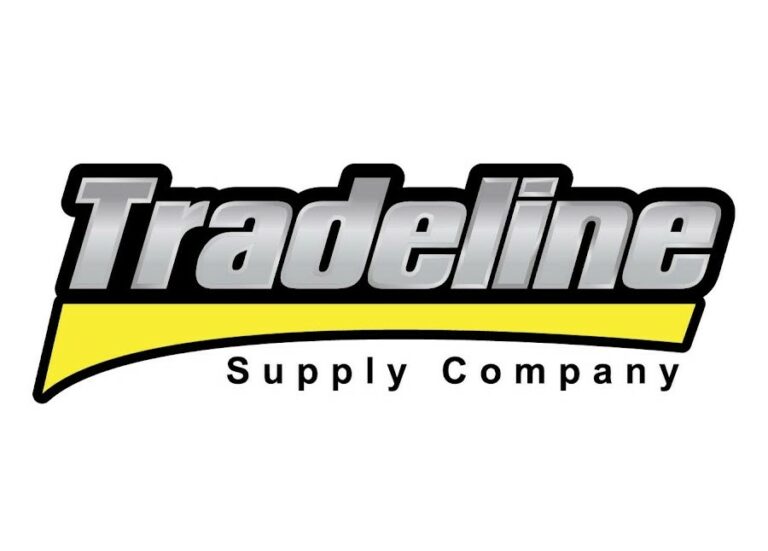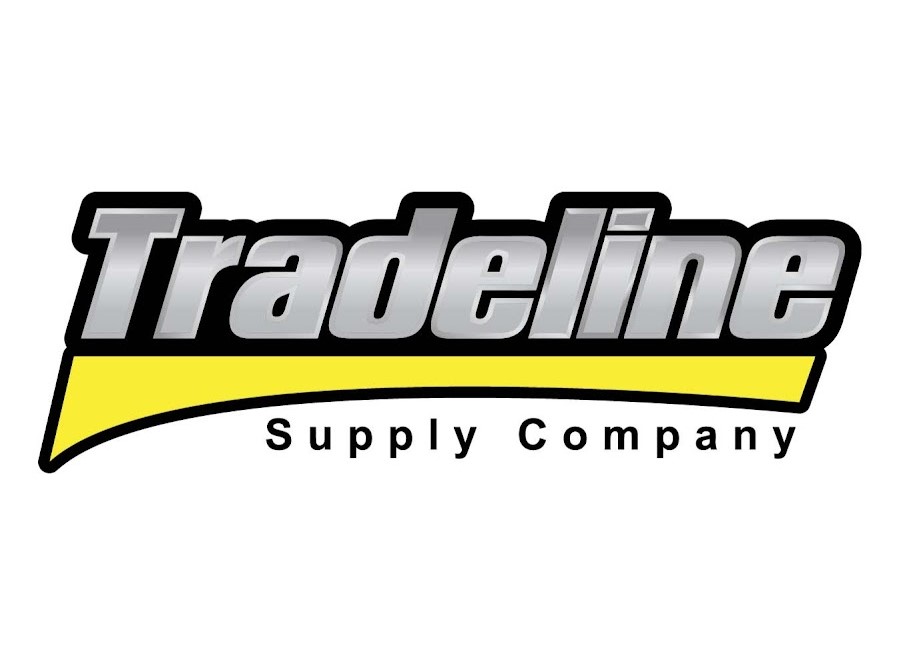What Is An APR?
For many business owners, finding the best business loan simply means finding the lowest APR available—the lower the APR, the lower the loan’s annual cost. In most cases, the loan with the lowest APR carries the lowest overall cost, regardless of interest, monthly payment size, or repayment structure. Thus, it’s no surprise that borrowers with high credit scores have access to the market’s lowest APRs.
However, some business loans and credit cards carry APRs that can change over time, like “promotional” APRs or “non-variable” APRs. We’ll go over the definition of those confusing terms later on.
Why Do Some Companies Not Promote Their APRs?
You might assume that if an institution chooses not to put APR front and center, it means the institution charges high fees. This suggests that the institutions that do put APR front and center charge low fees.
Unfortunately, neither notion proves true 100% of the time. Plenty of institutions choose not to advertise APR primarily because they want potential customers to contact them and give them the chance to explain their products’ benefits. Such institutions might also allow customers to negotiate APR based on individual circumstances.
In summary, do not immediately assume that an undisclosed APR means an expensive APR. And when you find products with fully disclosed APRs, you should not think that you have undoubtedly found the cheapest options available.
How Did The Truth In Lending Act Affect APR?
Legally speaking, credit card vendors and financial institutions do not have to include APR when advertising their products. They do, on the other hand, have to reply honestly when customers ask for this figure.
Failing to give an honest answer would violate the Truth in Lending Act of 1968. This law requires such companies to provide the absolute truth regarding fees and costs in general.
Since that time, the US government has passed new laws to prevent creditors from providing inaccurate costs. For example, mortgage lenders must give estimates to potential customers that show the cost of the loan. Due to recent updates to the Mortgage Disclosure Improvement Act, that estimate cannot deviate from the loan’s final APR by more than 0.125 percent. If the final APR does break that limit, the mortgage lender must inform the customer and wait three business days before distributing the funds. This provision essentially gives the customer the chance to reconsider the loan after learning of the true APR.
You can thank the Federal Deposit Insurance Corporation (FDIC) for all laws and regulations concerning accurate APRs. This government entity even prevents lenders from using outdated tools when performing cost-related calculations.
What Are The Different Types of APRs?
Earlier, we mentioned the importance of not automatically committing to an attractive APR. You must first check what kind of APR the credit card or business loan carries. Both products can have multiple APRs, as opposed to the single figure you saw in the advertisement.
Below, we’ll define the three main types of APRs: promotional, variable, and non-variable.
What Are Promotional APRs?
Some credit cards (including business credit cards) have promotional APRs. Have you ever seen an offer for 0% APR, but only for six months? This means that for the first six months, you pay nothing in interest and fees. Once that period ends, however, that 0% turns into another percentage. Hence, you’ll have to pay interest on your current balance.
You’re probably thinking: If the promotional period only lasts six months, how can the credit card vendor call that 0% an “annual” percentage rate? People like the term “APR” so much that companies prefer to use it in their marketing materials rather than simply saying “no interest and fees for six months.”
What Are Non-Variable APRs?
As the name denotes, non-variable APRs do not change. You know exactly how much you’ll pay in interest and fees over one year. When shopping for business loans or credit cards, many people only look at options with non-variable APRs. It’s much easier to budget for these options. And there’s little if any chance of getting hit with any surprise charges.
But once again, the most attractive offers tend to come with fine print. This includes non-variable APRs. After doing some research, you might find that the non-variable APR in the advertisement only applies to specific customers. For example, the company might maintain the right to raise your APR based on the frequency of your transactions. For this reason, the term “non-variable” doesn’t always have the same meaning.
What Are Variable APRs?
Variable APRs can change over time. In most cases, the rate changes following fluctuations in what’s known as the “Prime Rate.” This refers to an interest rate your bank assigns to its most creditworthy customers. The status of your bank’s Prime Rate largely depends on the federal funds rate, or the rate commercial banks use when they lend to each other.
Thus, when banks don’t have to assign high interest rates to each other, the Prime Rate stays low. When economic downturns cause banks to do the opposite, the rate might increase.
What’s The Difference Between APR And Interest Rate?
When shopping for business loans, all aspiring borrowers must adhere to at least one universal rule: the difference between APR and interest rate. Some business loans might have similar APRs and interest rates, but the former will almost always be higher.
You could almost say that until an institution reveals the loan’s APR, its interest rate means close to nothing. Why? Because you cannot legitimately label an interest rate as “low” or “high” until you learn the APR.
Each institution has its costs and fees attached to its business loans. Hence, you could quickly come across two institutions offering the same interest rate and borrowing amount but with wildly different APRs. In this situation, you should always go with the lower APR, since this denotes lower or fewer fees.
How To Calculate APR:
Calculating APR consists of just two steps: Obtaining all the required information and entering it into an online APR calculator. The previous step refers to gathering the loan’s interest, terms, fees, and total borrowing amount.
To calculate APR yourself, you must first calculate your monthly payment. Let’s find the APR of the following loan:
Borrowing Amount: $25,000
Term: 1 year
Interest Rate: 25%
Total Fees Charged: $988
Step 1: Formula for Monthly Payment
=PMT (interest rate/months, the total number of months you pay on the loan, loan value plus fees)
=PMT (.25/12, 12, 25,988)
Monthly Payment: $2,470.01
Step 2: Formula for APR
=RATE (total number of months you pay on the loan, your monthly payment expressed as a negative, the current value of your loan) x 12 x 100
=RATE (12, -2470, 25000) x 12 x 100
APR: 32.6603%
What Fees Does APR Include?
In regards to business loans, APR usually includes at least four of the following five fees:
- Underwriting fee
- Loan application/Origination fee
- Loan processing fee
- Document preparation/Packaging fee
- Credit check fee
How Is APR Different Than Cost of Debt?
The Cost of Debt refers to the total amount of interest the borrower pays over the loan’s full term. Unlike other formulas used to measure business loans’ cost, the cost of debt accounts for tax deductions on interest payments.
Business owners often calculate the cost of debt primarily to compare it to their projected income growth after receiving additional capital. Therefore, this number can determine if the amount of money you’d owe outweighs the loan’s financial benefits. Proving that an option will bring in more money than it costs can also reveal the loan’s capacity to increase profits.
How To Calculate Cost of Debt:
Different financial professionals use different formulas to calculate the cost of debt. Here are the most common:
Cost of Debt = Interest Expense (1 – Tax Rate)
As you can see, the formula involves just two figures: interest expense and tax rate. This refers to your business’s average income tax rate, which must account for federal, state, and local taxes. You can’t just find this figure on last year’s tax returns, partially because your tax bracket may have changed following recent tax reform laws.
It’s your accountant’s job to know your average income tax rate. But if you want to figure it out for yourself, divide your total tax liability (how much you owe per year) by your total taxable income.
“Interest expense” refers to the total interest cost of the loan throughout its full term. This includes all loan fees you can deduct on your taxes. Since most institutions don’t advertise their total interest expense, you’re going to have to ask for it. Theoretically, it would be best if you did this for every business loan on the table.
How Does APR Affect The Cost of Debt?
You’ve probably heard that unless you have poor credit or need funding right away, you should avoid short term business loans. These loans carry high APRs due to the increased risk on behalf of the institution. Therefore, over one year, you’d pay more interest than you would with an SBA Loan or any other option with longer terms.
But remember: APR only applies to that time frame: one year. The cost of debt, however, measures the total interest expense over the loan’s full term. With short-term loans, you might only have to make interest payments for three to four months. So, while an SBA Loan might cost you less for one year, the cost of its full term would far surpass what you’d pay with shorter terms.
How Can I Access Lower APRs?
Gaining access to lower APRs involves at least two steps. First, you must increase your eligibility for more advantageous business loans in general. And second, you must do your due diligence when shopping for business loans and devote sufficient time to this process.
Since both of those suggestions aren’t exactly clear, let’s explain how to access the most advantageous business loans and why you should take your time shopping around:
Lower Your Interest Rate
Nothing will lower your APR quicker than increasing eligibility for lower interest rates. So, think of the many ways aspiring borrowers can gain access to the most affordable business loans.
Regardless of which institution you work with, credit score remains the top requirement for lower interest and longer terms. How can you raise your credit score? To start, you could reduce your credit utilization rate, pay off debts with the highest interest rates, and check your credit report for any errors. You can also gain access to more affordable options by putting up collateral. This could include business assets like expensive equipment or personal assets like your house or car.
Finally, ask your institution if it’s possible to eventually decrease your interest rate as long as you continue to make timely payments.
You might think that lowering your interest rate just two or three percentage points won’t save you much money. If so, test this theory with the cost of debt formula. You will discover that decreasing an interest rate from 17% to 14% could lead to massive savings, especially for longer-term loans.
Start With a Smaller Loan
Institutions like United Capital Source have access to available business financing. Rather than trying to raise your credit score or increase revenue before applying, you take the most advantageous short term business loan you can get right now. Rest assured, these companies do not deliberately distribute business loans that new clients will struggle to pay back.
In as little as three to four months, you will have paid off the loan in full. The institution now has proof of your ability to make timely payments without endangering cash flow. Thus, paying off this small, slightly expensive business loan will almost certainly make you eligible for more favorable terms and lower rates.
Shop Around for Lower Fees
Once you’ve maximized your eligibility for low interest rates, you can move on to finding the offer with the lowest fees. If you receive an attractive offer from one institution, another might waive or lower one of their fees to seal the deal. You might also come across options with considerably higher interest rates but hardly any fee charges. Even though these options typically have lower APRs, their high rates tend to scare people away.
So, don’t limit yourself to offers with the lowest possible interest rates. For instance, you might find that an offer with a 30% interest rate would cost you less per year than another with 0%. But you wouldn’t know unless you asked about fees.
Other Factors That Affect Your Decision
While APR usually signifies your cheapest option, other potential partners’ characteristics can have an equally-sized influence on your decision. To figure out which aspects to look out for, consider your goals for the partnership. If you choose to work with the first institution that offers an attractive APR, you may miss out on other benefits you didn’t think were so important.
Let’s list some of those benefits here:
Customer Service
Many aspiring borrowers based their decision on how comfortable and valued each potential partner made them feel. They may have chosen the institution that showed the most transparency, or the institution that didn’t seem at all annoyed to answer their questions. Some institutions put extra effort into their customer service to make up for their inability to offer the lowest APRs. Companies like United Capital Source, for example, will happily give strategic advice, even for previous clients that made their last monthly payment years ago.
Convenience
Herein lies one of the most significant problems in business financing. Banks offer the cheapest loans, but they often require mountains of paperwork and months of waiting for funding. On the other hand, online and alternative institutions can approve and distribute funding in less than 24 hours. It takes less than ten minutes to fill out their application, with very little paperwork required. Thus, you may have to bypass the lowest APRs on the market if you need the money right away.
Potential for Long-Term Partnerships
Individual institutions offer multiple rewards for returning clients. After paying off your first loan, you can get approved for your second loan very quickly. You will likely gain access to more significant borrowing amounts with increasingly favorable terms. Other institutions might hesitate to approve additional funding rounds due to your industry’s status or cash flow. But if you work with an institution that prioritizes long-term partnerships, there’s less chance of being abandoned when your business experiences adversity later on.
First And Foremost: Know Your APR
Knowing the APR of every option ultimately prevents you from paying more money than you initially thought. You don’t have to worry about previously hidden fees or changes to your interest rate. Once you find the lowest APR of your viable options, you might have to see which one checks off your other boxes before accepting the offer. Regarding the criteria mentioned above, APR becomes the determining factor when one option does not stand out.











